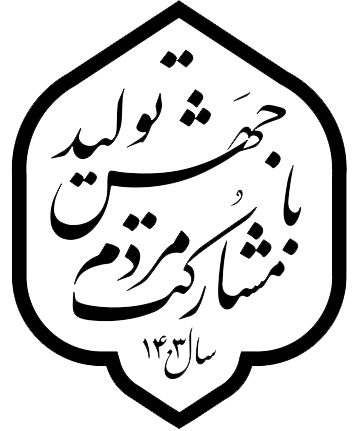Tehran leads Iran in modern irrigation adoption

Tehran
leads Iran in modern irrigation adoption
Over 83,000
hectares of farmland in Tehran, a whopping 90%, are now equipped with modern
irrigation systems, according to the head of the province's Agriculture
Department.
This
impressive adoption rate puts Tehran at the forefront of water-saving practices
in Iran's agricultural sector.
However,
despite this progress, concerns remain regarding water availability.
Jebraeel
Baradari, the Agriculture Department head, highlighted the discrepancy between
water allocation and agricultural needs.
While
nationwide, 75-90% of water goes towards agriculture, in Tehran, this figure falls
below 45%, he noted.
Recent
droughts have amplified the need for efficient water management. Modern
irrigation systems, replacing traditional methods, offer a crucial solution,
especially in water-scarce rural areas.
Recognizing
this urgency, the Agriculture Ministry has implemented a development plan for
new irrigation systems. This initiative aims to increase water and soil
resource sustainability, ensuring long-term agricultural productivity.
Furthermore,
the Ministry is actively supporting domestic manufacturing of equipment used in
these systems, promoting self-sufficiency and potentially reducing costs for
farmers.
While
Tehran's leadership in modern irrigation is commendable, addressing water
allocation imbalances and ensuring continued innovation remain key challenges
for Iran's agricultural sector to thrive in a water-stressed future.




